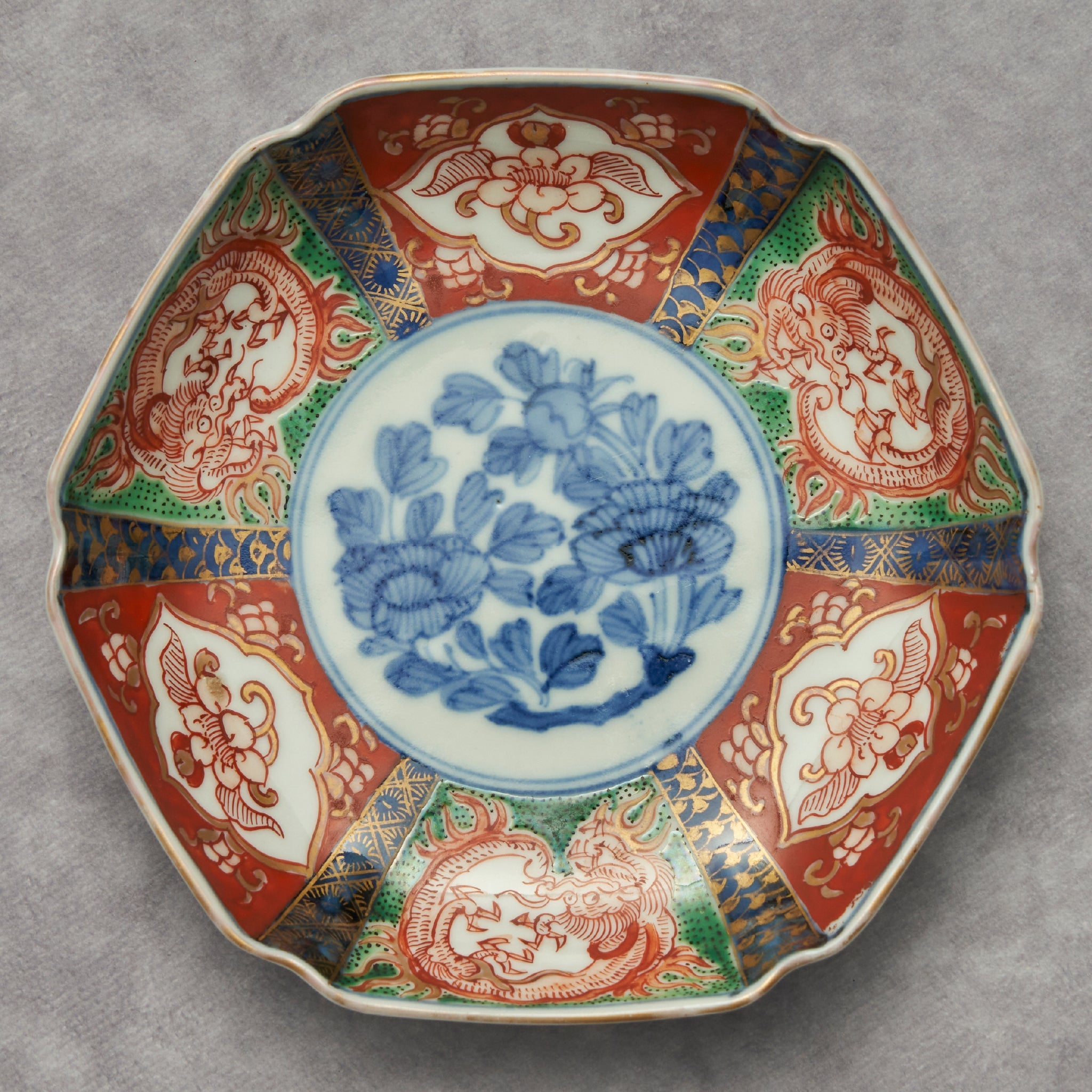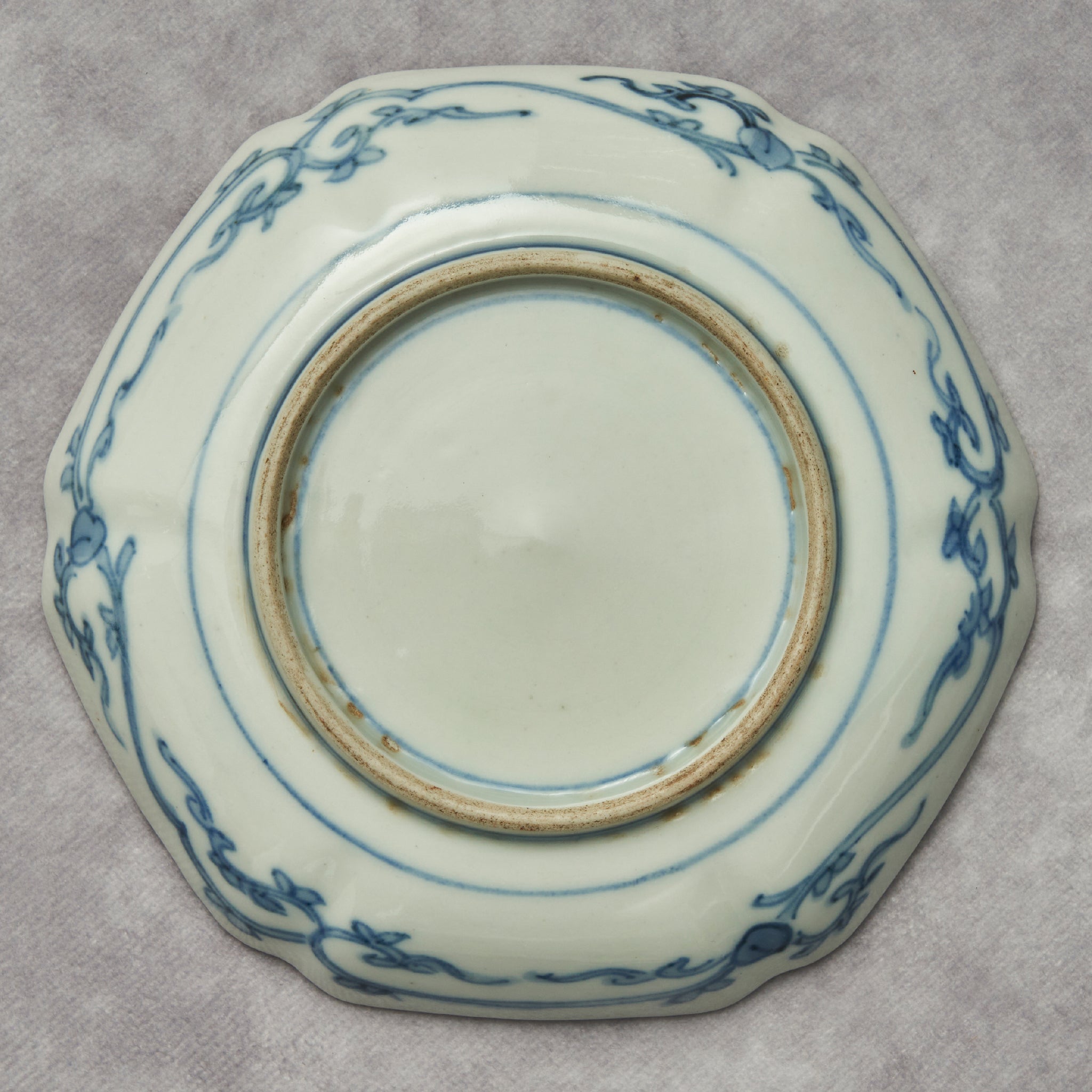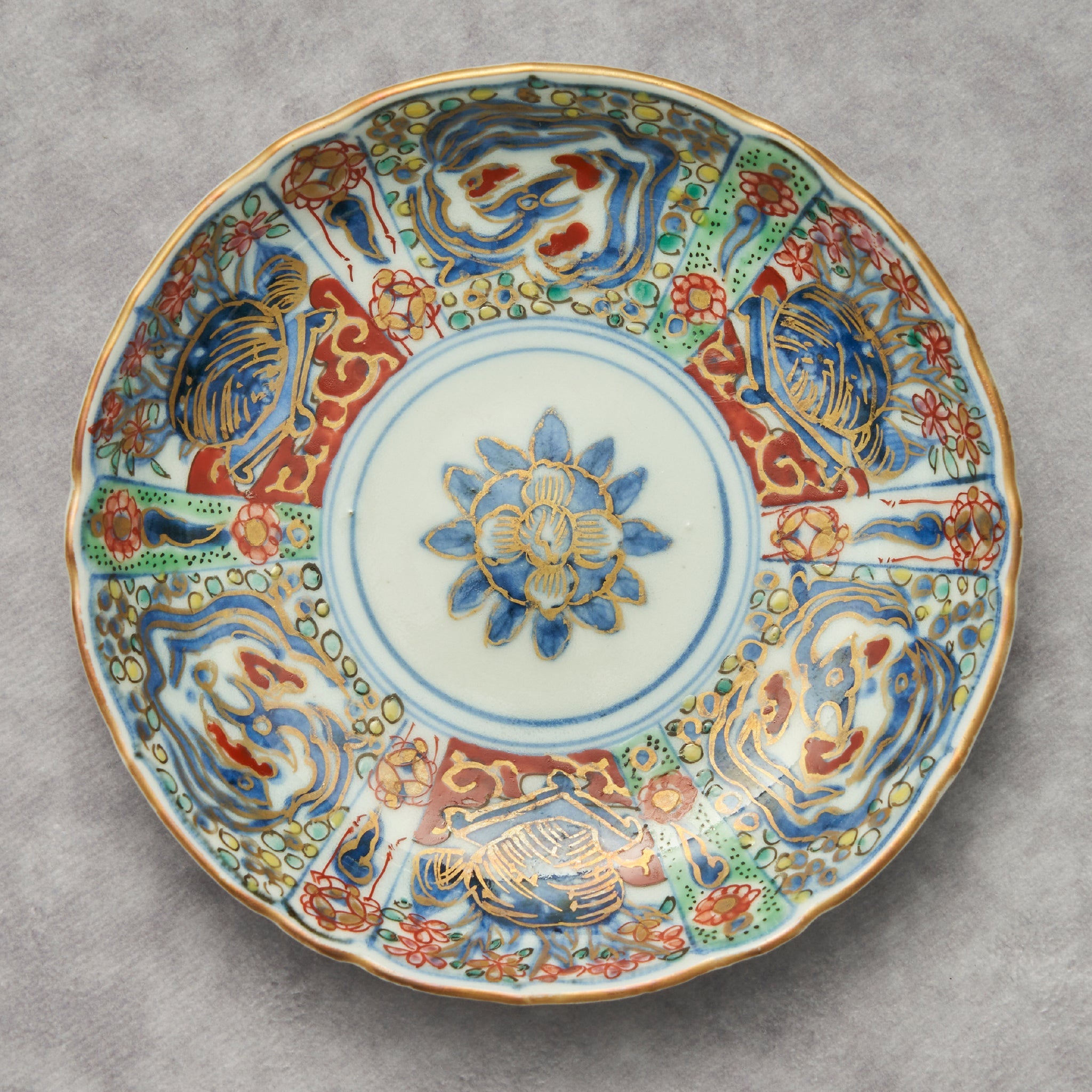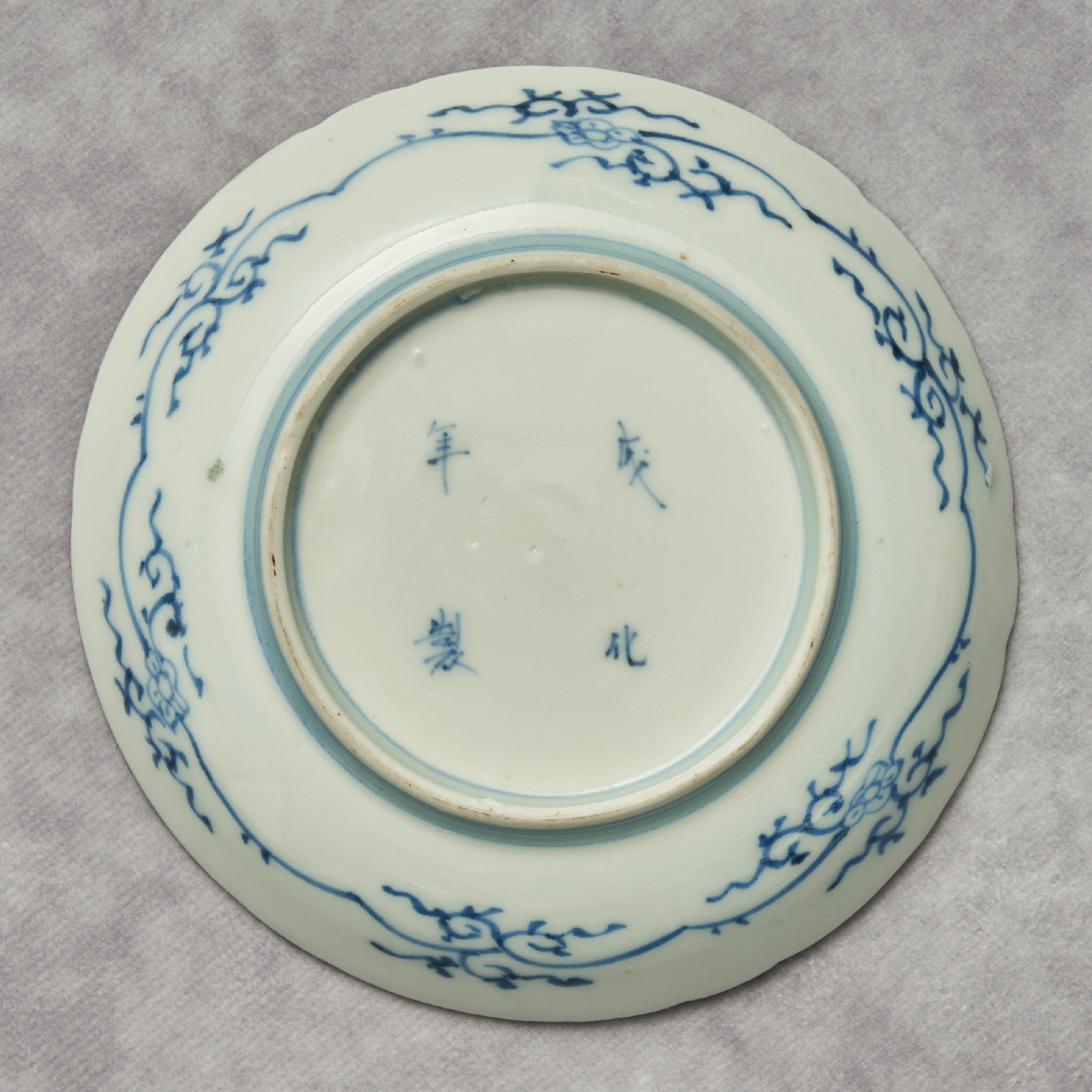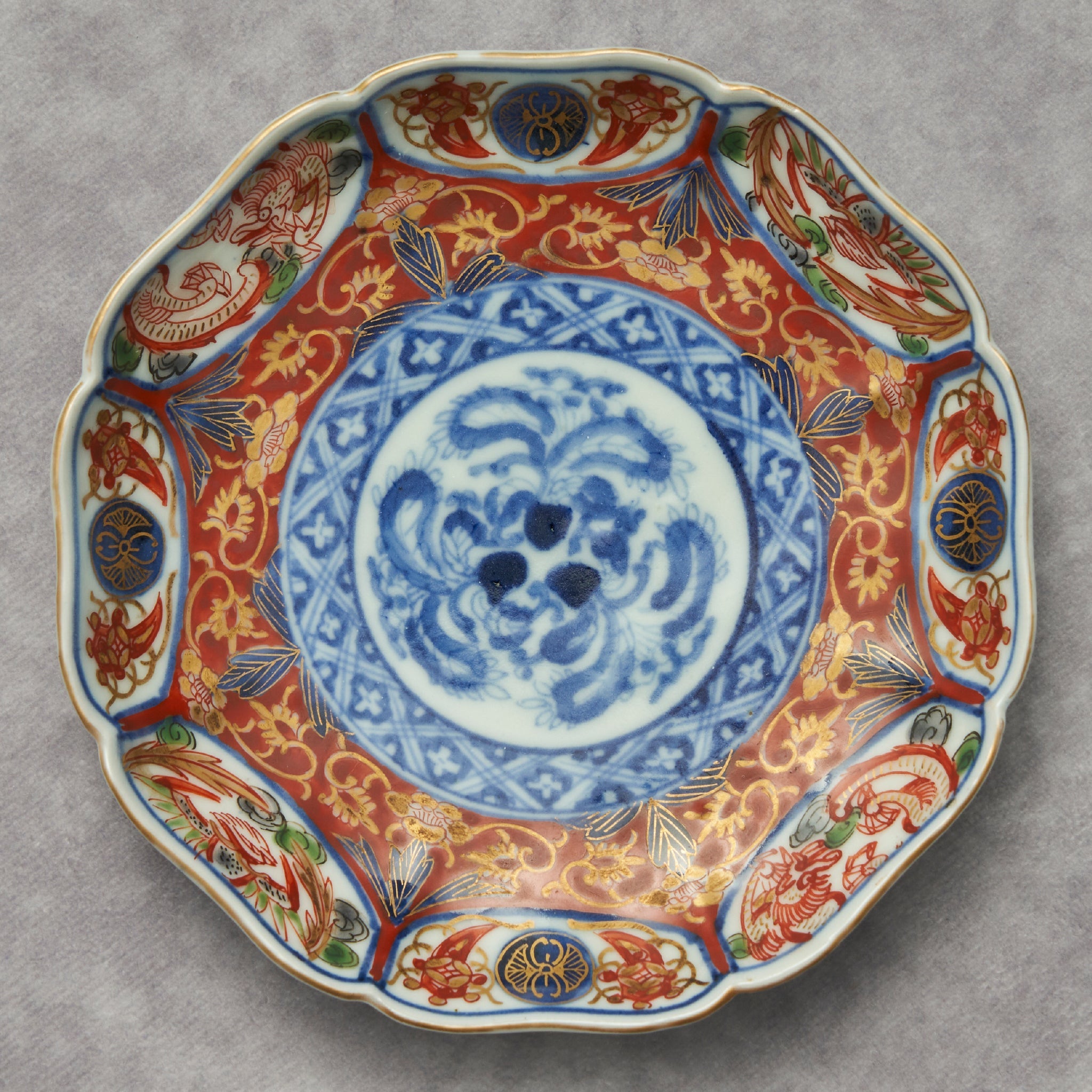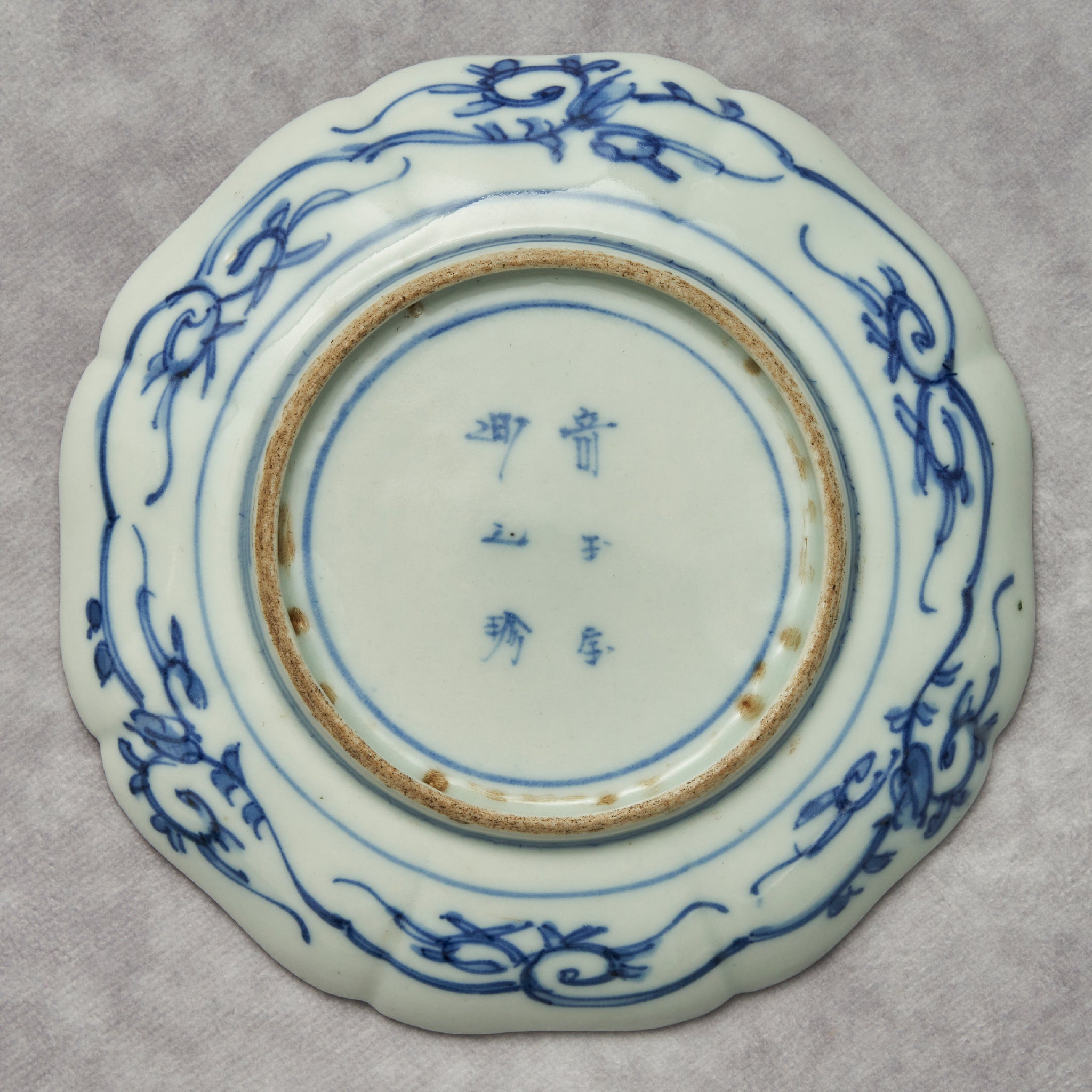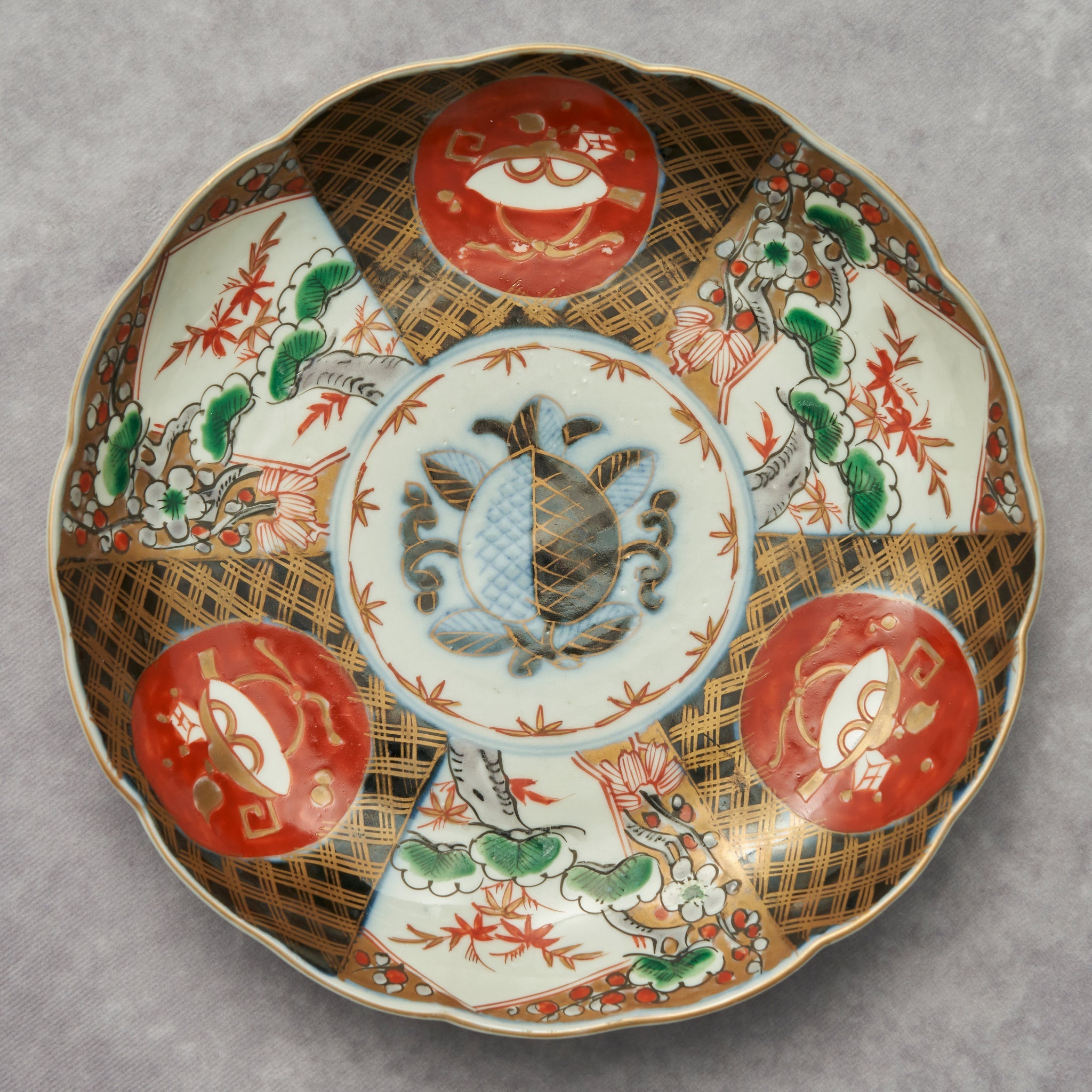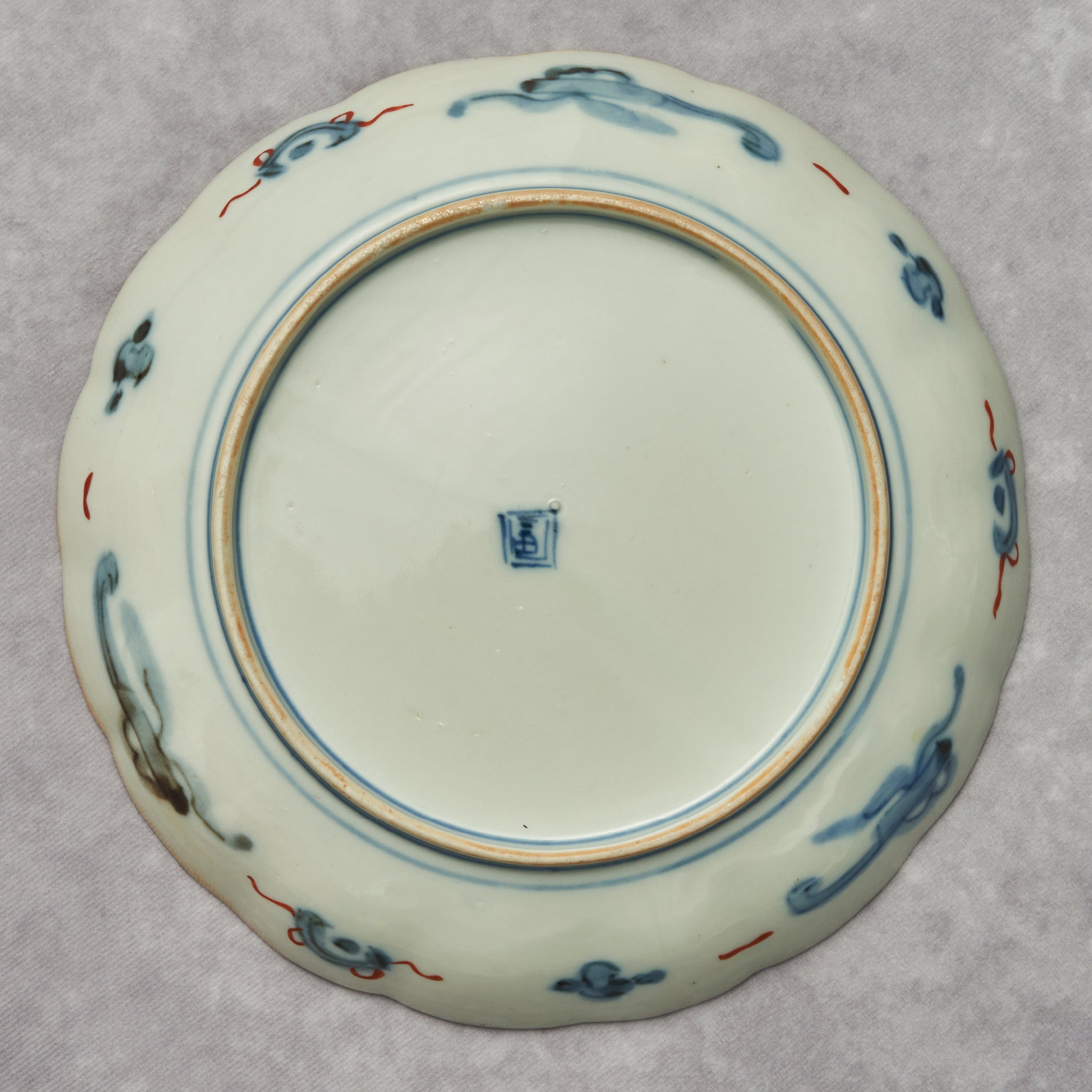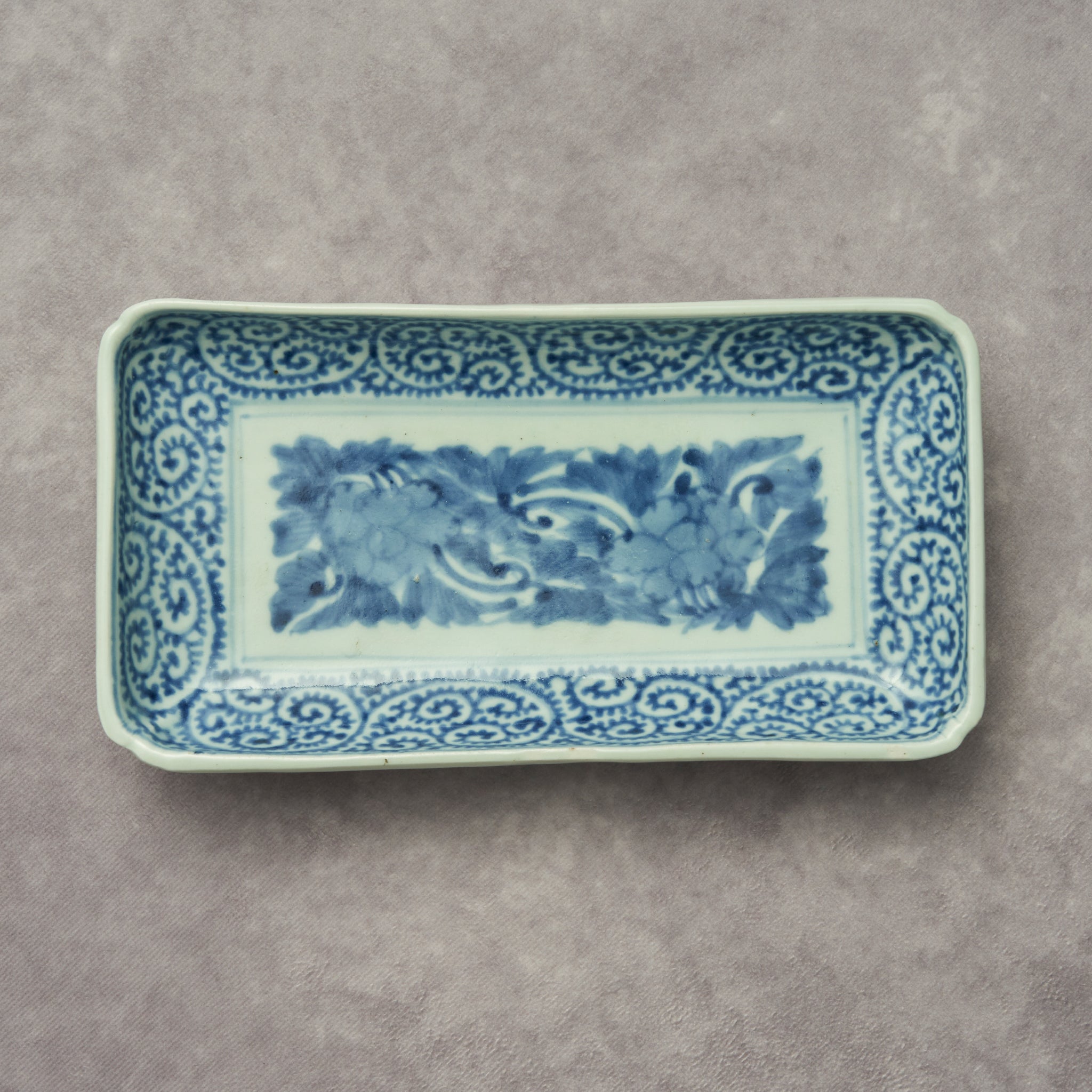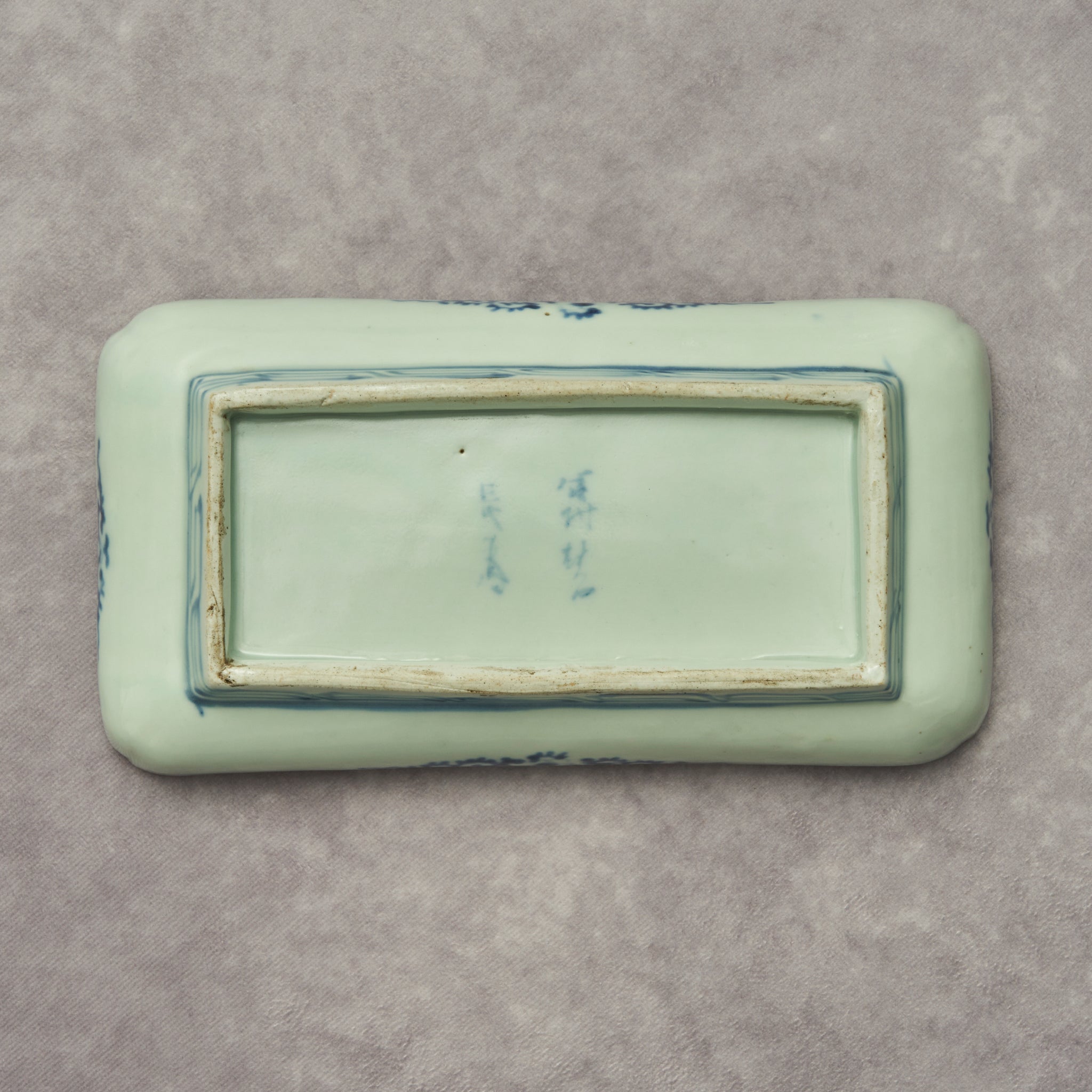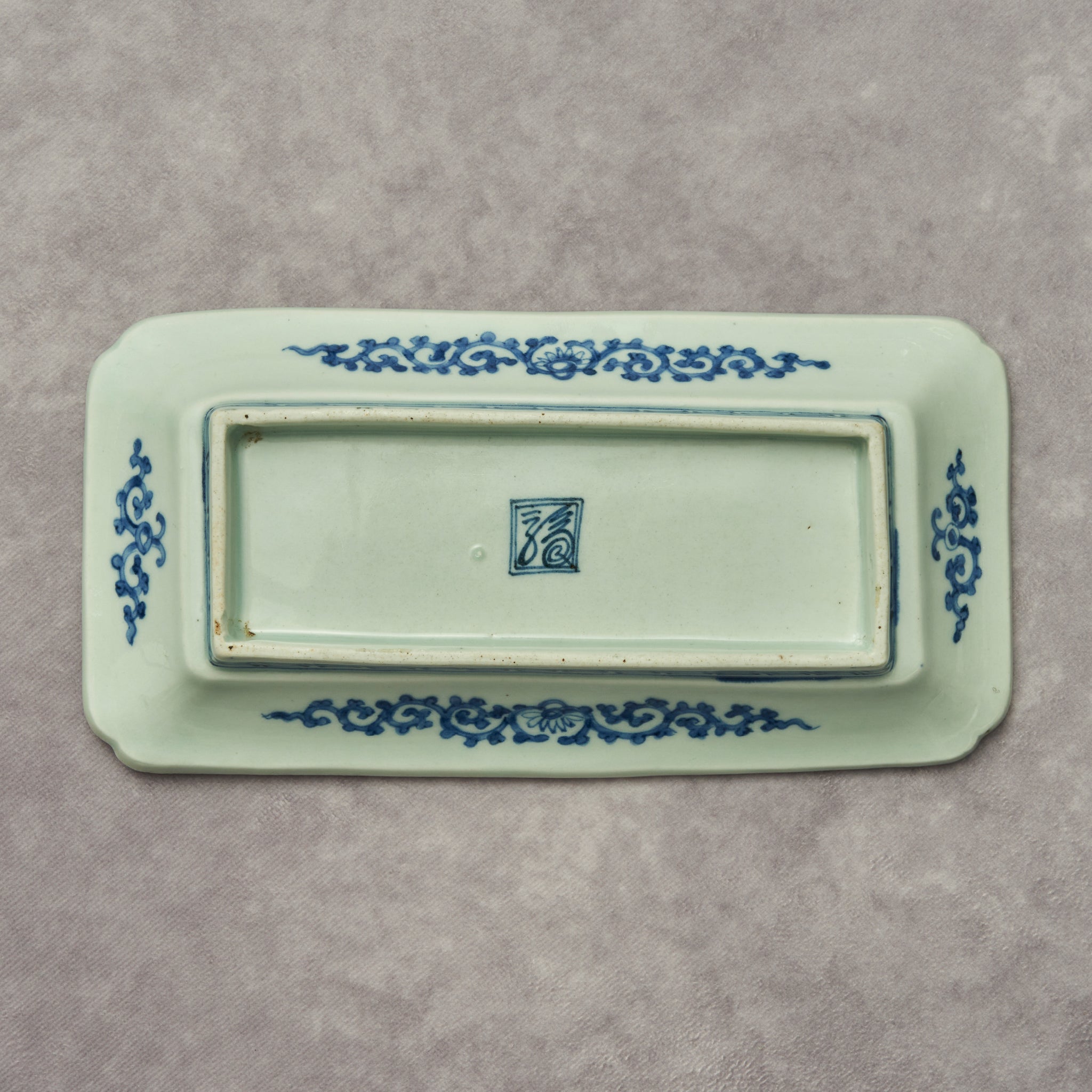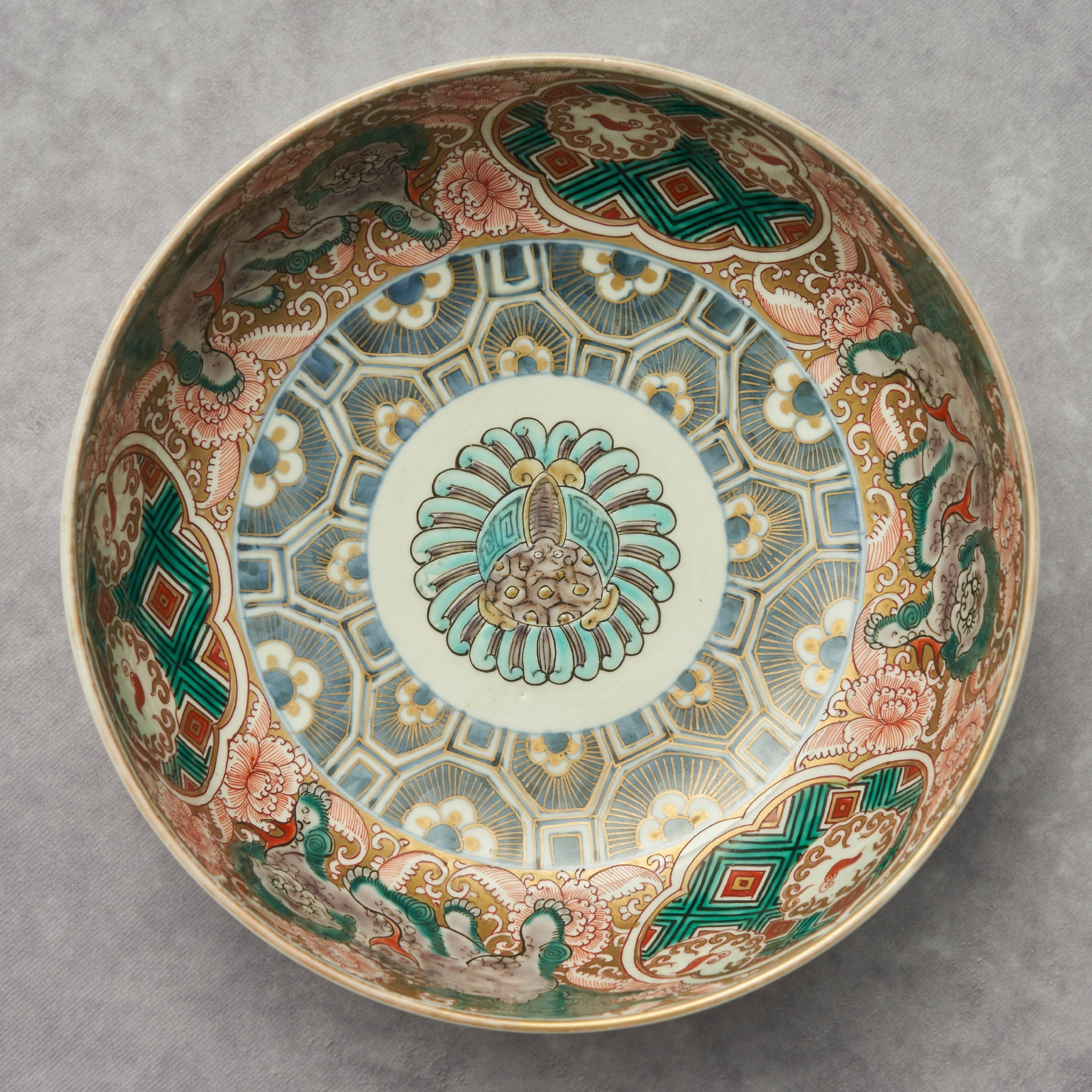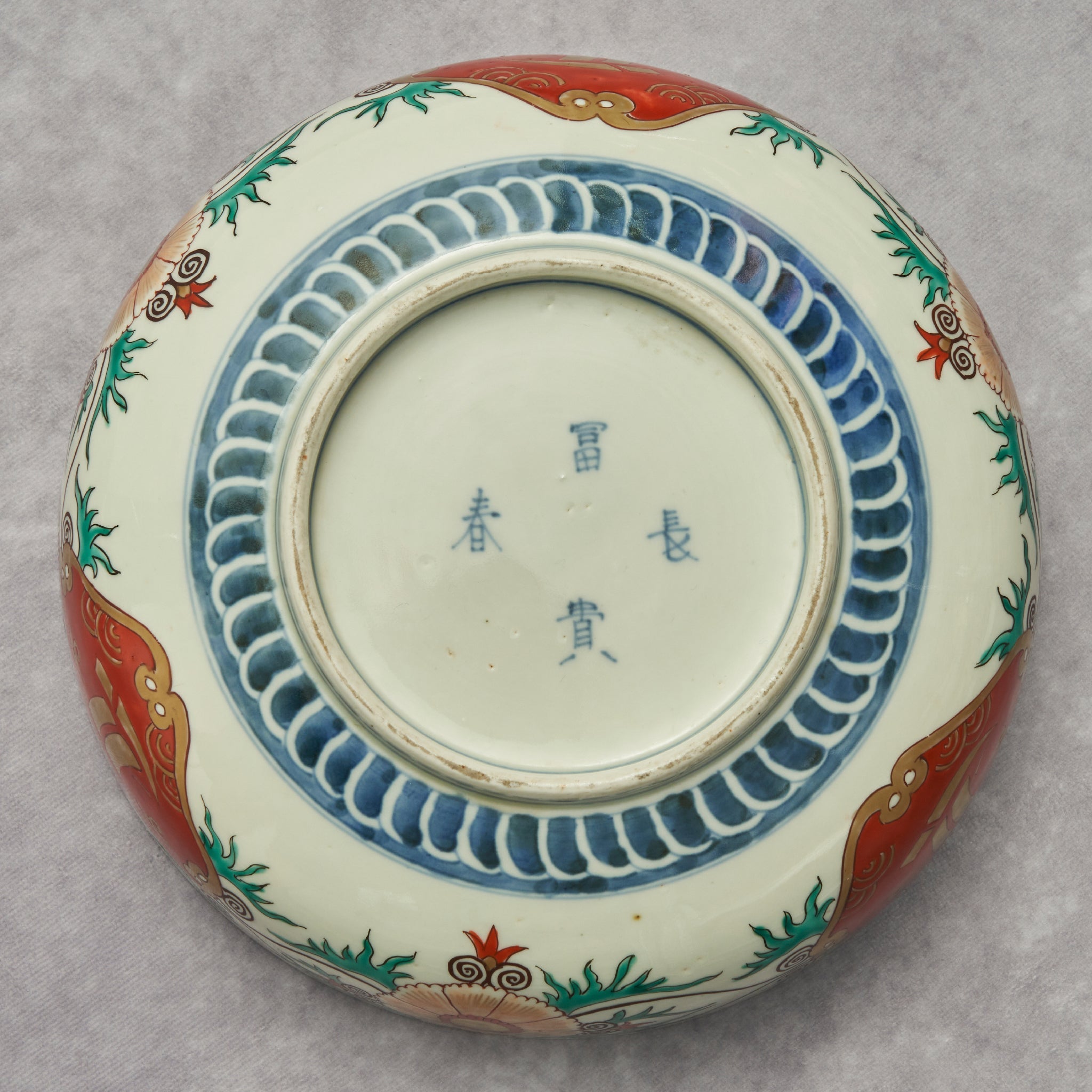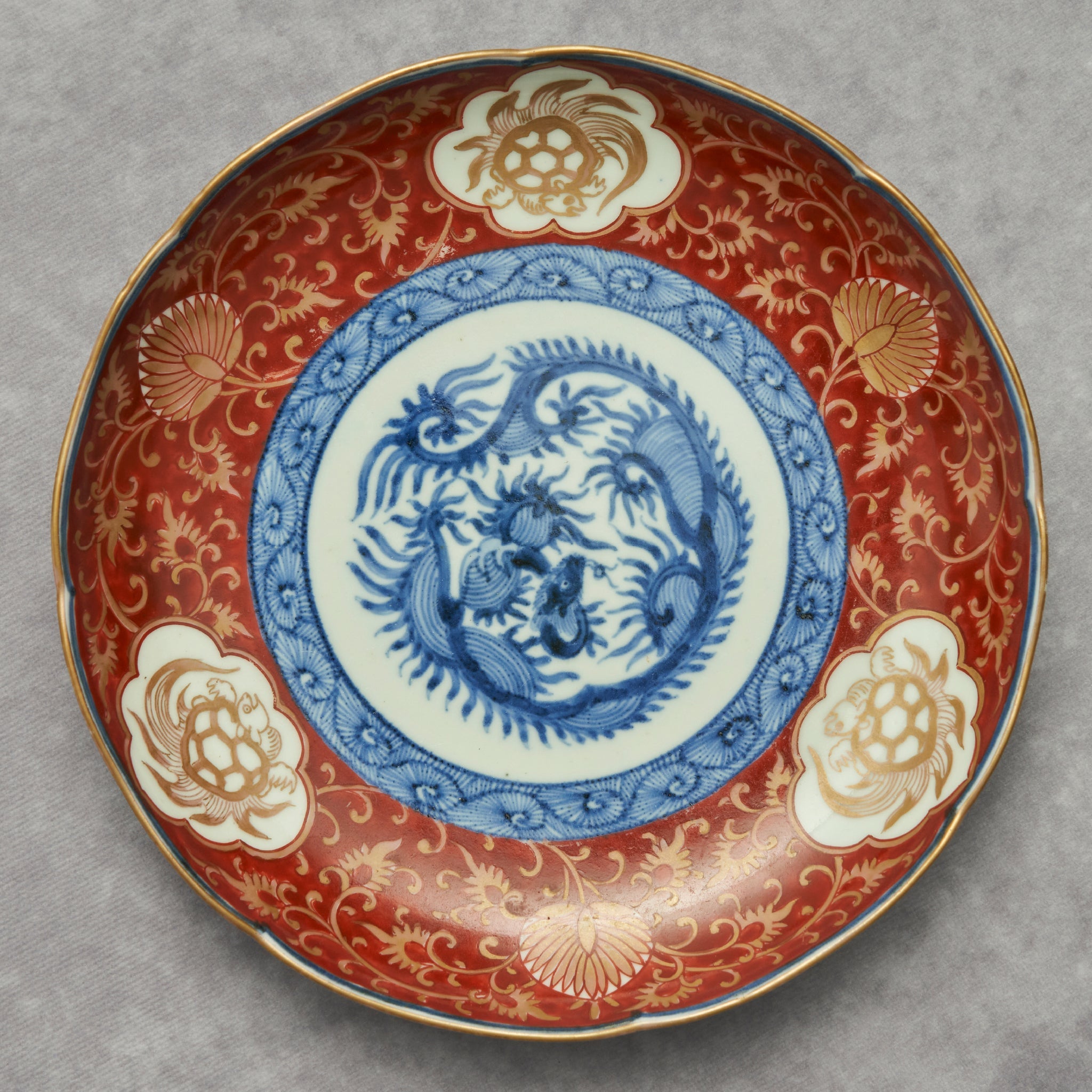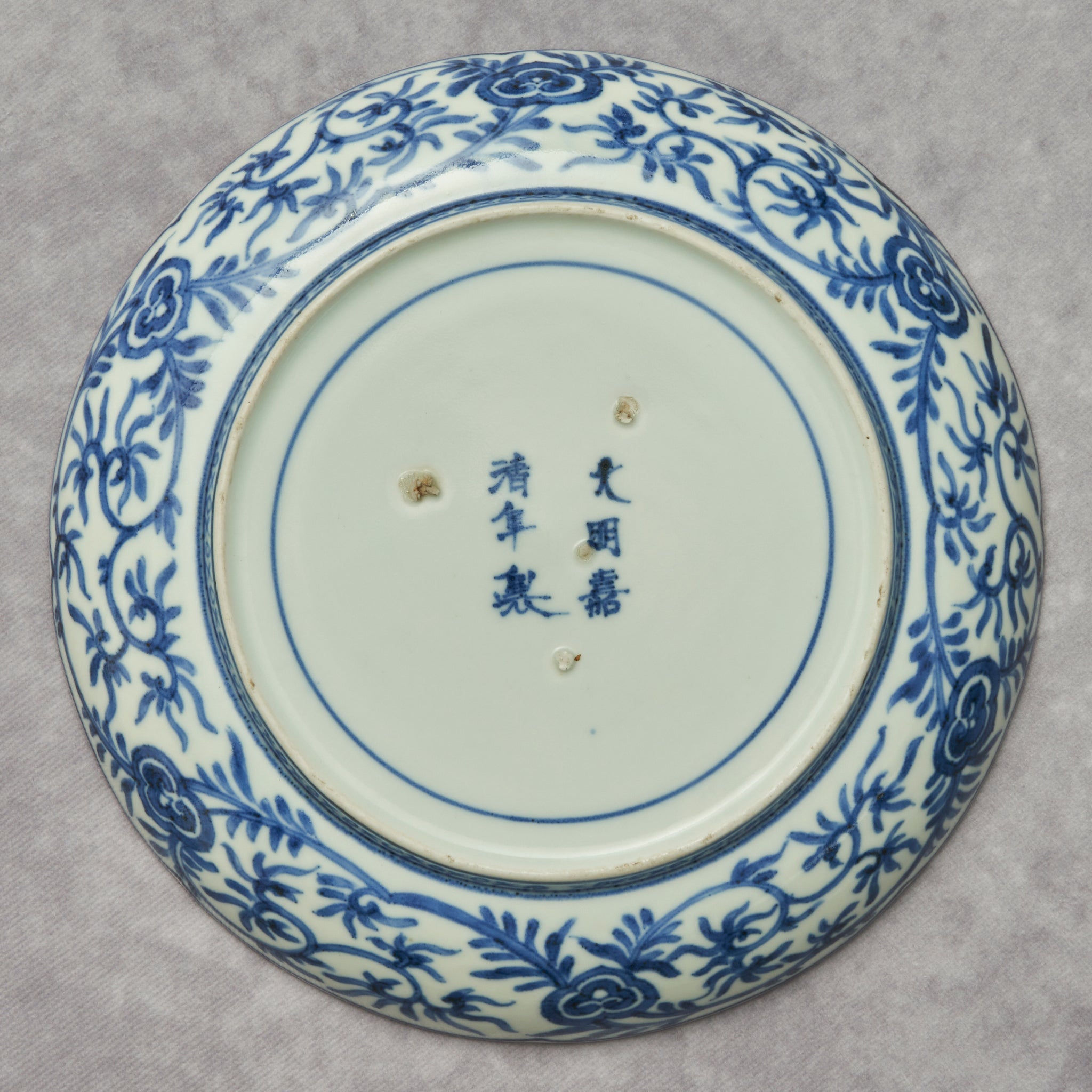Timeless allure, quality that endures
In the 17th century and throughout the Edo period, Western aesthetics were transformed by the exceptional craftsmanship and artistry of Imari and Satsuma ware, and of ceramics from other regions of Japan. Porcelain brought to Europe by the Dutch East India Company was a revelation for aristocrats and artists alike, fostering new conceptions of beauty. Far more than mere items of decoration, these creations speak to us of Japan's natural environment, its history and its culture.
時を超えた美と信頼を未来へ
17世紀から江戸時代を経て、伊万里焼や薩摩焼などの日本の陶磁器は、その卓越した技術と芸術性によって、世界中の美意識を変革しました。オランダ東インド会社を通じてヨーロッパへ渡った陶磁器は、貴族や芸術家たちに大きなインスピレーションを与え、新たな美学を築きました。これらの作品は、ただの装飾品ではなく、日本の自然、歴史、そして文化を物語る存在です。

Colored Imari Ware
Imari ware (Imariyaki) is the general term for porcelain ware produced in the former Hizen Province from 1603-1868. So named because the
main shipping port for such products was located in Imari.
Gorgeously decorated in blue, red, gold, and yellow, it is especially popular overseas. Such examples are more susceptible to color fading than the blue and white some-tsuke variety, and fewer and fewer pieces in good condition remain, making them very valuable.
Over 100 years later, the beauty of iro-e Imari ware can still be enjoyed today.

Blue and White Imari Ware
Among Japanese collectors, the more subdued blue and white (some-tsuke) variety is especially sought after. It is believed that the style was first seen either in Persia or China. Production first began in Japan around the 17th century, inspired by Chinese examples that had up to that point been imported. As export to Europe began in 1659, production techniques were further refined. In the present day, arabesques like the octopus (takokarakusa) and flower (hanakarakusa) patterns are especially popular, with matched sets in particular selling for high prices. Beyond arabesques, there are many other classic variations which still serve as the basis for porcelain ware produced today. Easier to care for than overglaze-colored porcelain, they’re ideal for everyday use.

Daishoji Imari
Produced in the former Daishoji domain, initially as replica Imari, many examples still exist today. While it could be called a copy, it could just as well be said that Daishoji Imari is its own sub-genre of Japanese Kutani ware porcelain. Daishoji Imari replicates a wide variety of original Imari ware, in particular some-nishiki with its decorative overpainting and gilding, kakiemon (Kutani kakiemon), Nabeshima ware, and some-tsuke (blue and white Imari ware).

Satsuma Ware
Satsuma ware dates to the Momoyama Period (1568-1600), introduced by potters from the Korean Peninsula. Satsuma ware was exhibited at the World Expo held in Paris in the late 19th century, earning international acclaim, and becoming a major Japanese export at the time. Many examples were exported, and “Satsuma”became an established brand of Japanese ceramics overseas. At present Black or White Satsuma, completely different to the gilded and painted original style, are commonly referred to by the name, but a few stunning and highly valuable late Edo Period examples still remain.
Antique Japanese Porcelain


